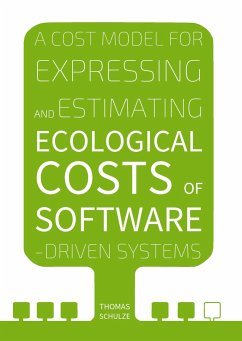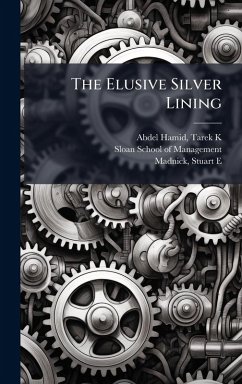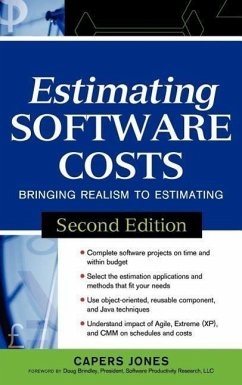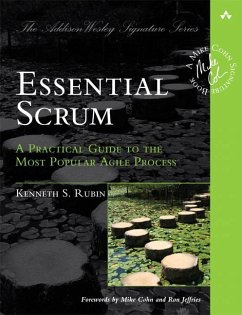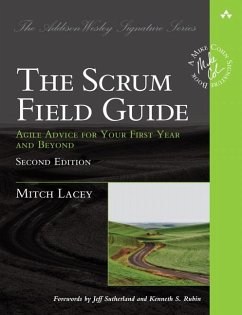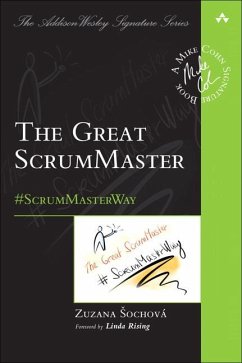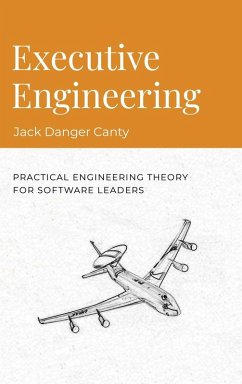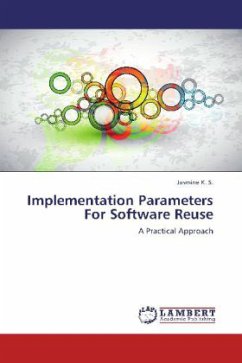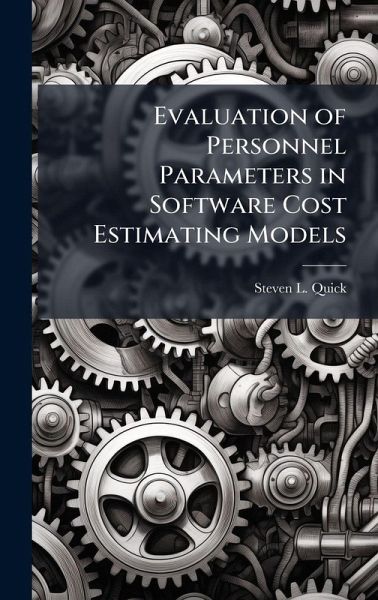
Evaluation of Personnel Parameters in Software Cost Estimating Models
Versandkostenfrei!
Versandfertig in über 4 Wochen
30,99 €
inkl. MwSt.
Weitere Ausgaben:

PAYBACK Punkte
15 °P sammeln!
Software capabilities have steadily increased over the last half century. The Department of Defense has seized this increased capability and used it to advance the warfighter's weapon systems. However, this dependence on software capabilities has come with enormous cost. The risks of software development must be understood to develop an accurate cost estimate. Department of Defense cost estimators traditionally depend on parametric models to develop an estimate for a software development project. Many commercial parametric software cost estimating models exist such as COCOMO II, SEER-SEM, SLIM...
Software capabilities have steadily increased over the last half century. The Department of Defense has seized this increased capability and used it to advance the warfighter's weapon systems. However, this dependence on software capabilities has come with enormous cost. The risks of software development must be understood to develop an accurate cost estimate. Department of Defense cost estimators traditionally depend on parametric models to develop an estimate for a software development project. Many commercial parametric software cost estimating models exist such as COCOMO II, SEER-SEM, SLIM, and PRICE S. COCOMO II is the only model that has open architecture. The open architecture allows the estimator to fully understand the impact each parameter has on the effort estimate in contrast with the closed architecture models that mask the quantitative value with a qualitative input to characterize the impact of the parameter. This work has been selected by scholars as being culturally important, and is part of the knowledge base of civilization as we know it. This work was reproduced from the original artifact, and remains as true to the original work as possible. Therefore, you will see the original copyright references, library stamps (as most of these works have been housed in our most important libraries around the world), and other notations in the work. This work is in the public domain in the United States of America, and possibly other nations. Within the United States, you may freely copy and distribute this work, as no entity (individual or corporate) has a copyright on the body of the work. As a reproduction of a historical artifact, this work may contain missing or blurred pages, poor pictures, errant marks, etc. Scholars believe, and we concur, that this work is important enough to be preserved, reproduced, and made generally available to the public. We appreciate your support of the preservation process, and thank you for being an important part of keeping this knowledge alive and relevant.



